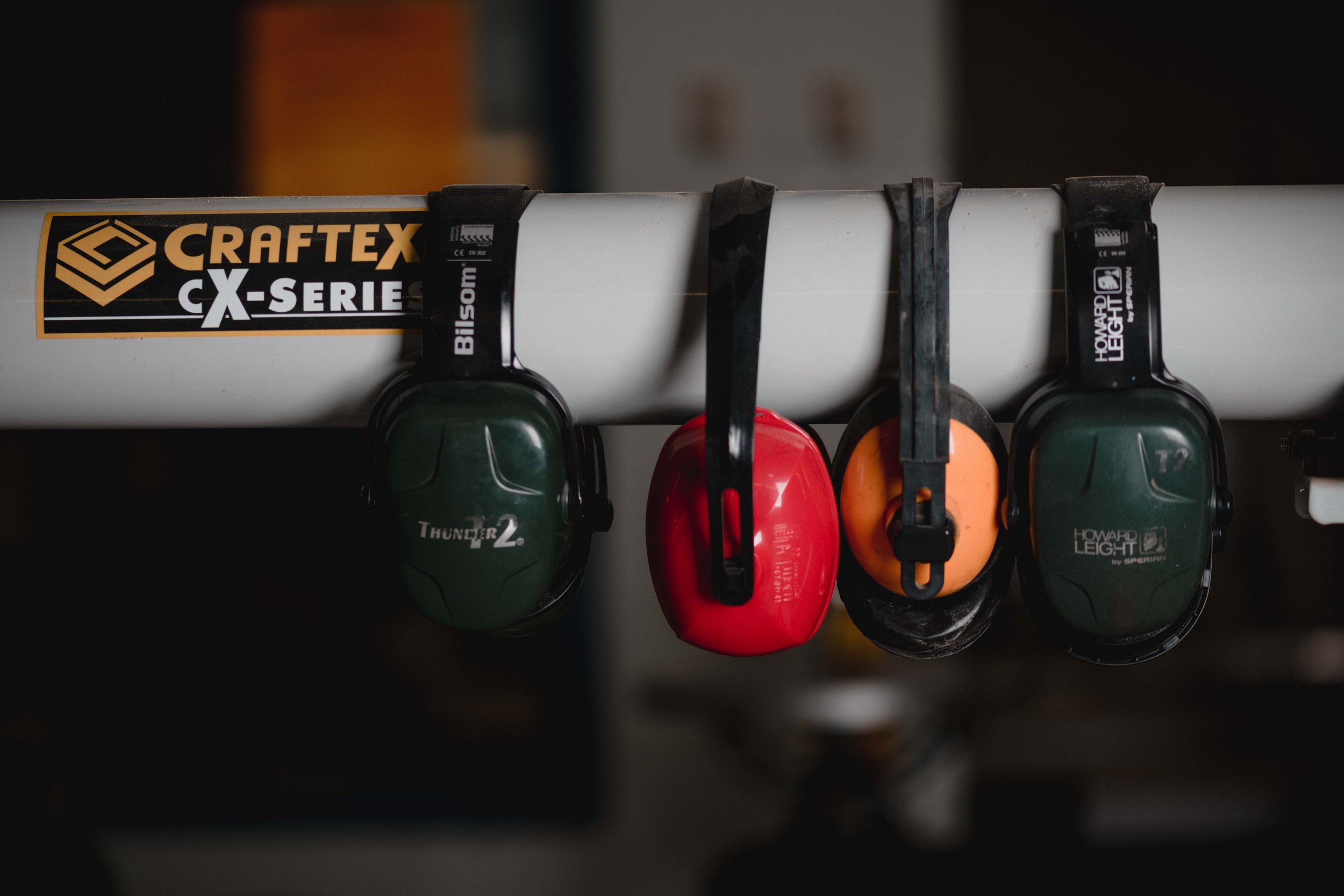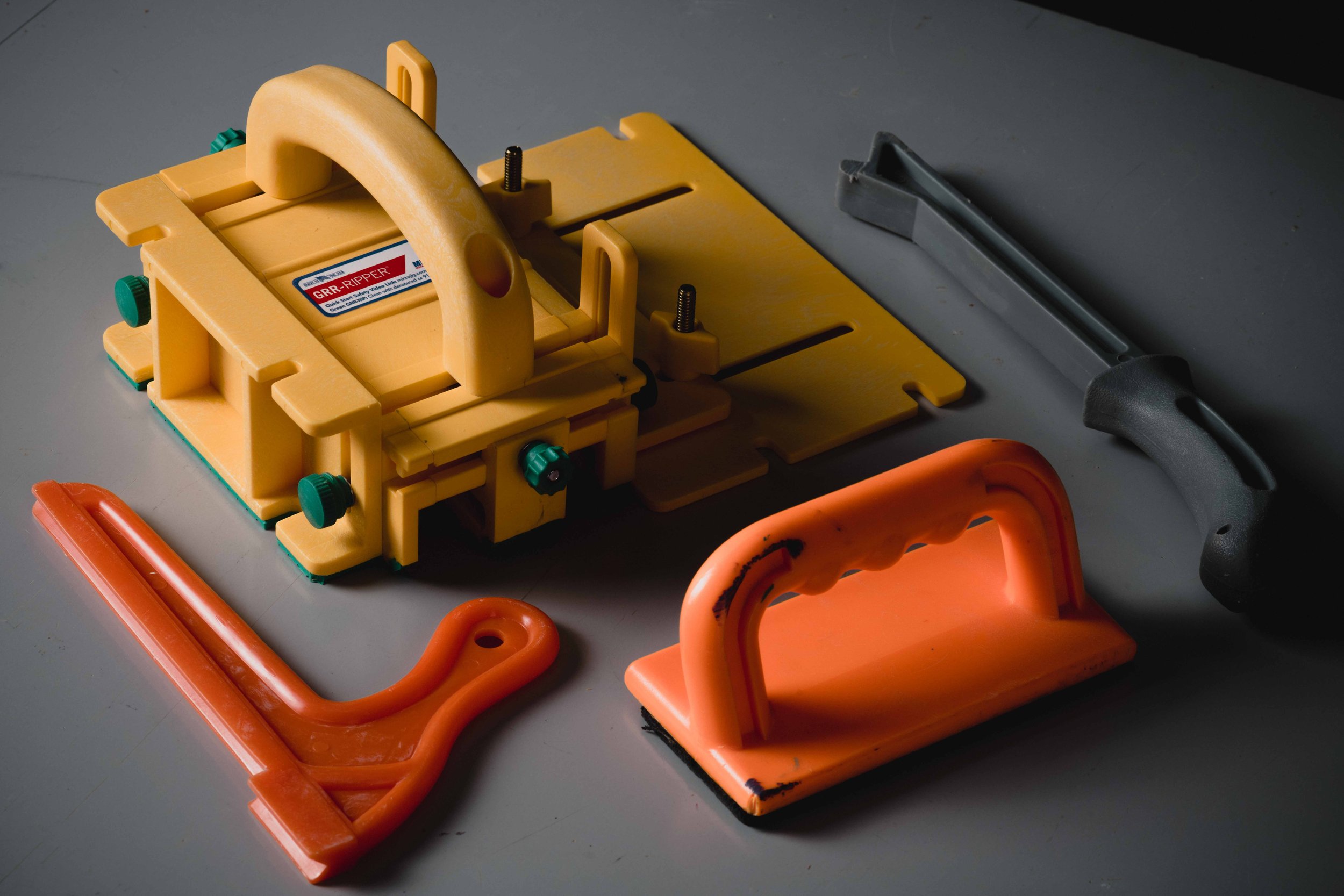Table Saw
Subject: Construction, Exploring Technology
Objective: Students will understand the foundational theory and applied concepts surrounding the safe use of the tool. These standards are to be cross-referenced with the OCTE Standards linked here, and confirmed with the documentation which is printed in the administration kept in the classroom itself. No student should operate any equipment without adhering to the standard operating procedures, shop safety rules, and all work, setup, maintenance, and other such shop activities must be done with the express foreknowledge and approval of the appropriate respective workshop teacher under supervision and during shop hours.
FOR OFFICIAL STANDARDS OF REFERENCE PLEASE LOOK TO THIS LINK BEFORE CONTINUING
Nothing here is intended to take precedence over the directions set out in the manufacturer’s instructions, nor those safety set out by any ministry of education, ministry of labour, educational board, or legislative body. This is purely an amalgamation of resources to support education, but is not intended to be a definitive source for safety or procedure. For your own safety, refer to your respective legislation and overarching bodies regulating standards to ensure that you are following procedures which reflect the most recent and supported bodies of research.




Intro
Though they can be very versatile tools, table saws are basic machines used in a variety of contexts - from garage tasks, to jobsites and custom woodshops, as well as by the full spectrum of experience from DIY through to seasoned custom cabinetry carpenters. Some have adaptable stands with wheels to facilitate their movement, and others have more permanent fixtures, with fixed in and outfeed tables, extended support options, sleds, reinforced fences, and countless other accessories/options. While they are mostly associated with ripping wood (cutting along the length of the grain) and cutting it to length, when set up properly, or enabled with accessories they often have options to support tapers, chamfers, bevels, and can produce rabbets, dados, grooves and many other basic joints. Generally the main requirement for materials is that they have one flat face for contact with the table itself, and one straight edge to guide it along the fence.
VIDEO RESOURCES
Table saws with modular guarding systems:
A table saw instructional video developed by the Power Tool Institute.
Older table saws or those with non-modular guarding systems:
A table saw instructional video for older and non-modular guarded table saws developed by the Power Tool Institute.
Supporting Accessories
Table saws are in actuality very basic tools, effectively a circular saw with a table and a guide. What makes them really strong supporting tools in a complete shop, is the way they can adapt (or be adapted) to accomplish a great many things. Before we get into some of the options, let’s address safety accessories:
A walkthrough of the basic shop staple examples of push sticks, push blocks, and accessories like the Grr-ripper.
SAFETY ENABLING ACCESSORIES:
In our shop we have the following three:
Push stick
Push block
Grr-ripper
Function ENABLING ACCESSORIES:
Crosscut Sled
Safety Rules for Table Saws
Seek teacher’s permission before using the machine, ensure that the project itself has been approved, and that you have satisfied the required tool qualifications on your student safety passport
Never operate any machine while under the influence of medicine, drugs, or alcohol, if you are fatigued, or otherwise emotionally/psychologically impaired. If you have any uncertainty about your ability to operate a tool or piece of equipment safely, immediately bring this to the attention of your instructor
Use appropriate PPE (eyewear, ear protection, gloves, etc.), ensure that jewelry is removed, and that loose/long hair, as well as articles of clothing are tied back or otherwise secured or removed
Inspect the material being cut for foreign materials, damage, or potential quality/grain issues (Consider staples in the ends, rocks from the ground of a lumber yard, straps, nails, etc.). All material must have one face surfaced and one edge jointed prior to being cut on the table saw
Ensure the blade is sharp, secure, and the correct one for the job, and also be certain that you have the correct table inserts and throat plates for the blade installed
Inspect and use the guard(s) appropriately every time, as well as the dust collection system
Make sure to adhere to a 6” distance in keeping your hands clear of the blade - even when the machine is not active. Adjustments to the blade itself (aside from those done to the height and bevel through the height adjustment and arbor tilt wheels below the table) are to be done by the teacher or a board-approved professional ONLY
Adjust the blade to extend 1/8-1/4” above the stock to ensure optimal angle of entry
Stand to the side of the blade - not directly in its path, never reach across the blade, and use the proper accessories as demonstrated (push stick/block)
Inspect work area for cleanliness (consider debris under the table where you might step while moving the material, the table itself, and along any recesses or grooves)
Every cut is to rely on the fence or miter gauge to control the stock, and at no time are you to cut any material free hand
CAUTIONARY TALES
A cautionary video warning people of hazards that people risk when operating this tool without exercising the proper precautions. Be warned, the video deals with some alarming content and might be disturbing to some.
The table saw is one of the most dangerous tools in a shop. Please don’t rush past that previous sentence, I can’t say that clearly enough: THE TABLE SAW IS ONE OF THE MOST DANGEROUS TOOLS IN A SHOP.
SUPPORTING RESOURCES
Tool Specific:
OCTE Table Saw Resources
OCTE PowerPoint Slideshow
Sample Lesson Plan
Audio Instruction MP3
Broader Supporting Resources:
OCTE Health and Safety
OCTE SAFEdocs
OCTE toolSAFE
All supporting resources and much of the content are drawn directly from guidelines, standards, and materials on the OCTE pages; they are simply linked here for learner reference, and ease of instruction, however neither this page, nor the other materials represent OCTE. The other resources such as YouTube links, are included for learner refreshers.



